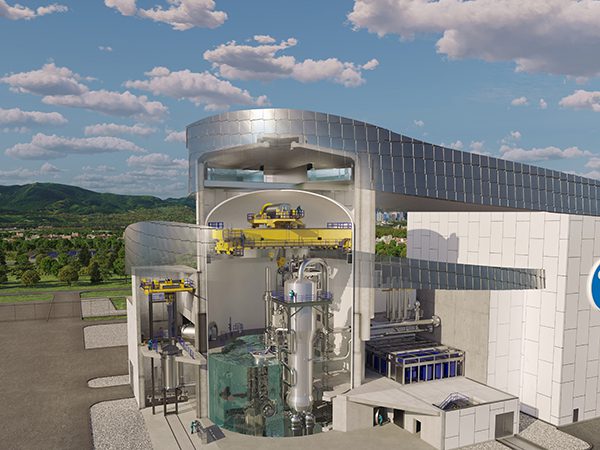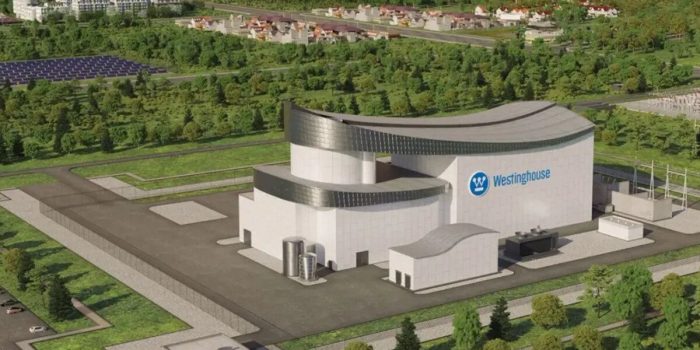A smaller version of its flagship, AP1000 nuclear reactor, AP300 has been accounted for by Westinghouse. The US tech company by doing so is trying to make an effort to extend access to nuclear power as demand for clean energy rises.
The nuclear reactor is scheduled to be operational by 2027 and according to an official press release by the firm on Thursday, it will provide around one-third of the power of its predecessor, the AP1000 reactor.
“The AP300 is the only small modular reactor offering available that is based on deployed, operating, and advanced reactor technology,” President and CEO of Westinghouse, Patrick Fragman, said in the statement.
“The launch of the AP300 SMR rounds out the Westinghouse portfolio of reactor technology, allowing us to deliver on the full needs of our customers globally, with a clear line of sight on schedule of delivery, and economics.”

Since Nuclear fission reactors produce no greenhouse gases or harmful chemicals and are less expensive to build, it is a great response to climate change.
The AP300 is expected to cost around $1 billion per unit, compared to the AP1000’s anticipated cost of $6.8 billion, and will produce about 300 megawatts of electricity, compared to the AP1000’s 1,200 megawatts, and power about 300,000 households.
The Nuclear Regulatory Commission must approve the AP300 before it can be made accessible to customers in the US by 2027, but David Durham, President of Energy Systems at. Westinghouse Electric Company feels optimistic. “We have absolute confidence, because the NRC has already licensed every bit of this technology,” Durham told CNBC.
Since the majority of the transmission lines are exhausted in the US, reactors are a more efficient way of connecting them. But even connecting them can take years, hence replacing one coal plant with AP300 nuclear reactor would be much simpler. AP300 is producing generally the same amount of power as a typical coal plant.
“Unlike the previous generation of nuclear power plants, which were only used by large integrated utilities, the sizes of the advanced reactors which range from microreactors of a half-megawatt to 300 megawatts or more,” Jeffrey S. Merrifield, a nuclear energy lawyer and former commissioner of the US Nuclear Regulatory Commission, told CNBC.
This “means that there is a significantly larger number of utilities that can utilize these technologies.”
“The AP300 has the same security measures as the AP1000,” said Durham. “Both types of passive cooling systems are extremely important, and if the AP1000 had been in use at Fukushima, the incident would have been no issue.”
“This is a game-changer technology,” he told CNBC. “If the AP1000 had been in operation at Fukushima, it would have been a total non-event.”


